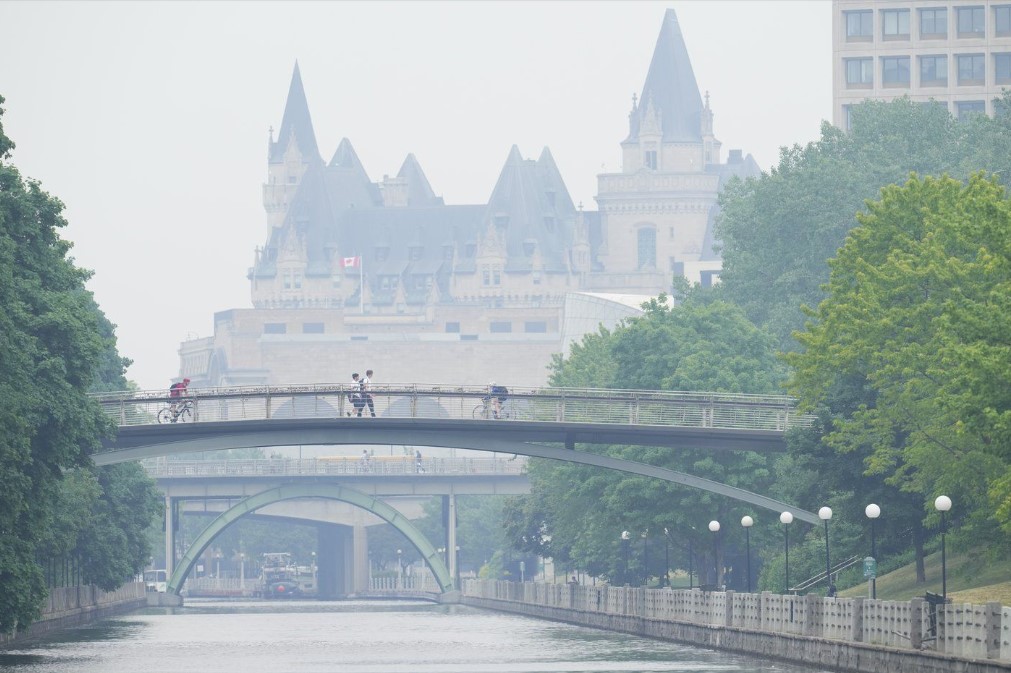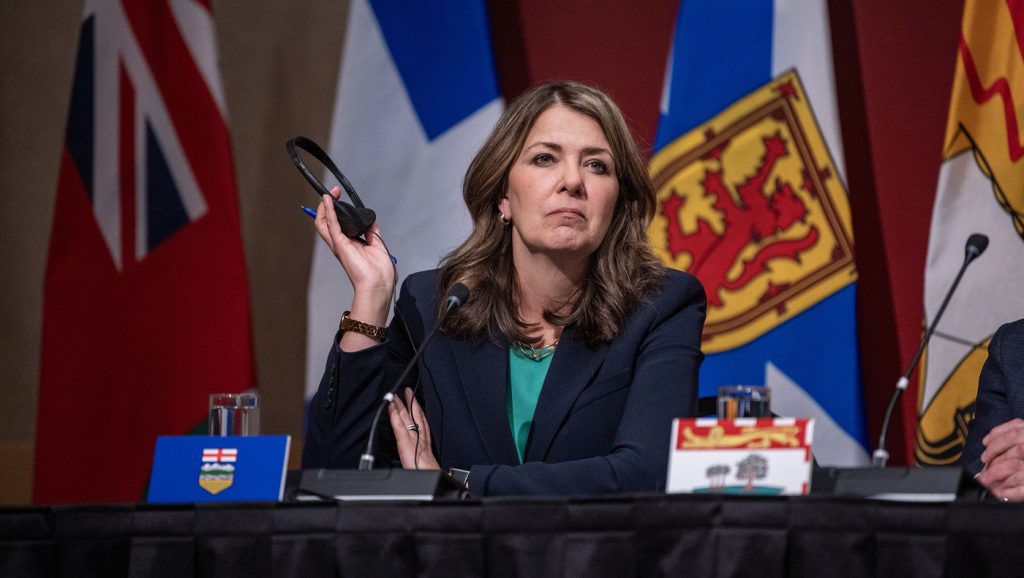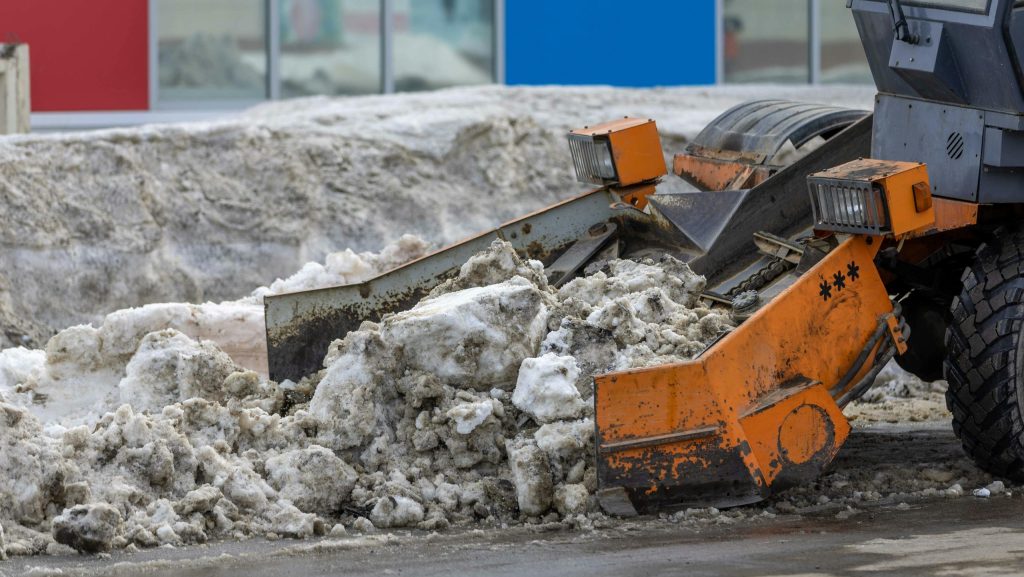Wildfire battles continue with heat, air quality alerts over most of Canada

Posted June 8, 2023 6:25 am.
The battle against hundreds of wildfires continues, as almost every jurisdiction in Canada remains under either heat or air quality warnings from the federal government.
The day after what was supposed to be National Clean Air Day, dozens of alerts remain in place for unseasonable heat or smoky air quality that kept millions of Canadians coughing and squinting. And forecasts suggest that air quality risks for the GTA, the Niagara region and southwestern Ontario will only increase through the end of the week.
Wednesday saw one of Canada’s worst days in history for air quality.
Environment Canada’s air quality health index listed Ottawa and Gatineau, Que., as the worst in Canada, with a very high-risk warning. The agency dropped special air quality statements for those areas early Thursday morning.
Residents in those cities were encouraged to limit outdoor activities, and those most vulnerable to the smoke were told to avoid them altogether.
School boards in Ottawa and the Toronto area held recess indoors, and some sports leagues cancelled outdoor games and practices.
Individuals were also changing their plans to enjoy the great outdoors and donning face masks when they were outside.
Trudeau speaks with Biden as parts of U.S. blanketed with smoke
The eastern United States is also seeing devastating effects from wildfire smoke drifting south from Canada, with cities like New York and Washington, D.C., issuing air quality warnings of their own.
Prime Minister Justin Trudeau spoke on the phone with U.S. President Joe Biden about the issue on Wednesday. Both leaders agreed the situation pointed to the urgency of addressing climate change.

A man walks to work wearing a mask near Parliament Hill, Wednesday, June 7, 2023, in Ottawa. THE CANADIAN PRESS/Adrian Wyld.
As of Wednesday afternoon, the Canadian Interagency Forest Fire Centre database showed 440 fires burning in nine provinces and two territories. More than half were considered out of control.
The amount of land burned surpassed the 40,000-square-kilometre mark Wednesday, making the 2023 fire season Canada’s fourth-worst on record before the summer has even officially begun.
At the current pace of burning, the all-time record is expected to be surpassed by next week. There has been no loss of life, although property and infrastructure damage has been significant.
What’s happening outside of Ontario
In Quebec, some hydro towers are in jeopardy. On Vancouver Island, a small wildfire cut off the only major highway linking Port Alberni, Tofino and Ucluelet to the rest of British Columbia.
Alberta has lifted its state of emergency following a very difficult May, during which 314 fires burned more than 12,000 square kilometres of forest and prompted thousands of people to flee their homes. Still, 65 fires remain burning in that province, 17 of them out of control.
In Nova Scotia, the Tantallon fire that destroyed 151 homes has been contained, but the Barrington Lake fire, which has damaged or destroyed at least 60 homes and cottages, remains out of control.
Quebec is now facing the toughest challenge, with 163 fires burning, 117 of them out of control.
Chief of the Defence Staff Gen. Wayne Eyre has warned the high demand on his troops for disaster assistance is straining the military’s overall capacity.
More than 500 soldiers and military specialists were deployed in Alberta, Quebec and Nova Scotia in response to the fires as of Wednesday, along with equipment, including waterbombers and other aircraft.
Nearly 1,000 international firefighters from the United States, South Africa, Australia and New Zealand were also in Canada to help, with another 109 from France expected to arrive in Quebec.








